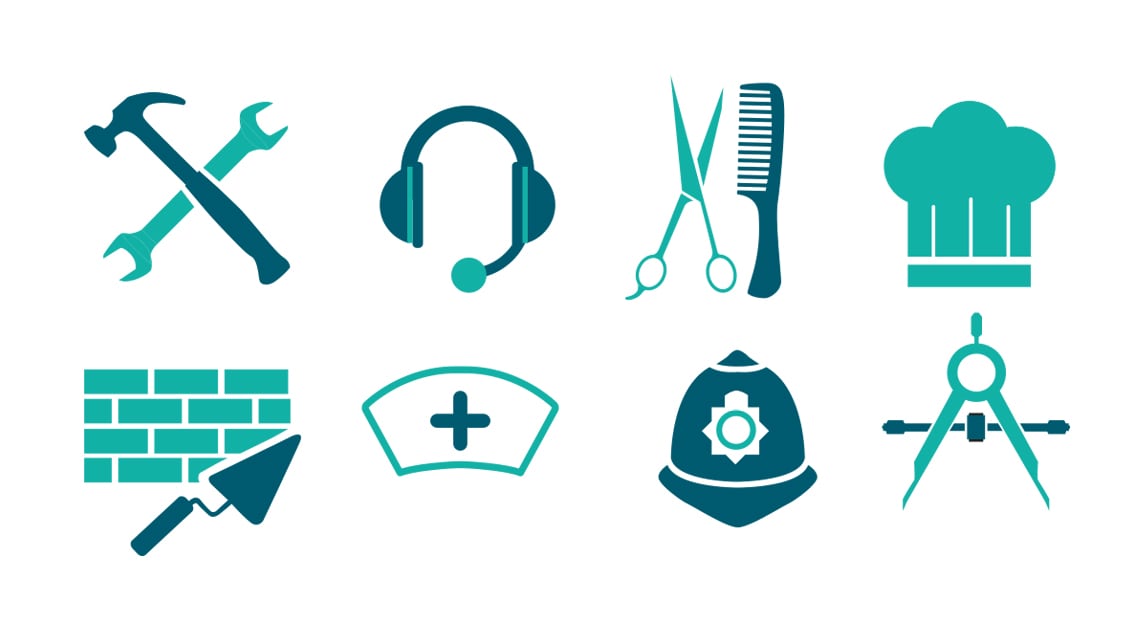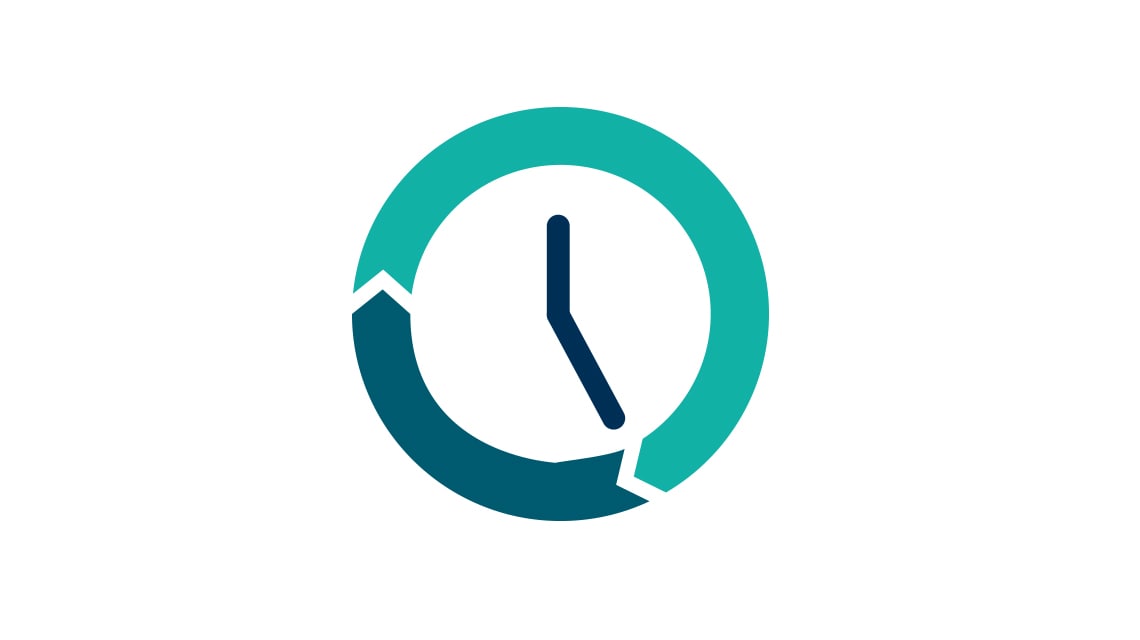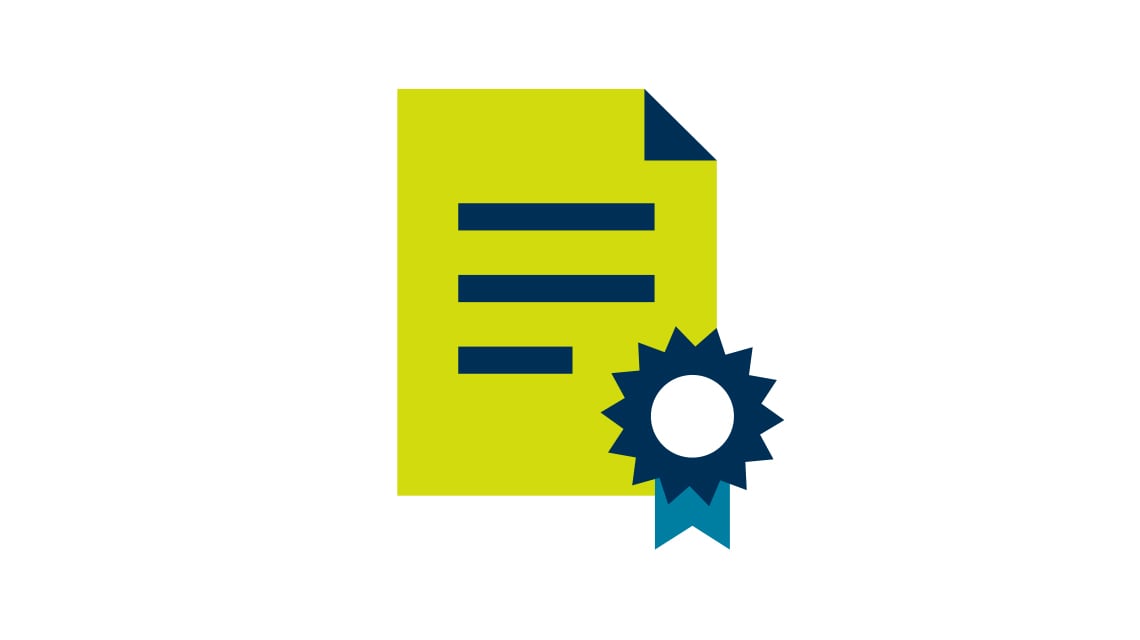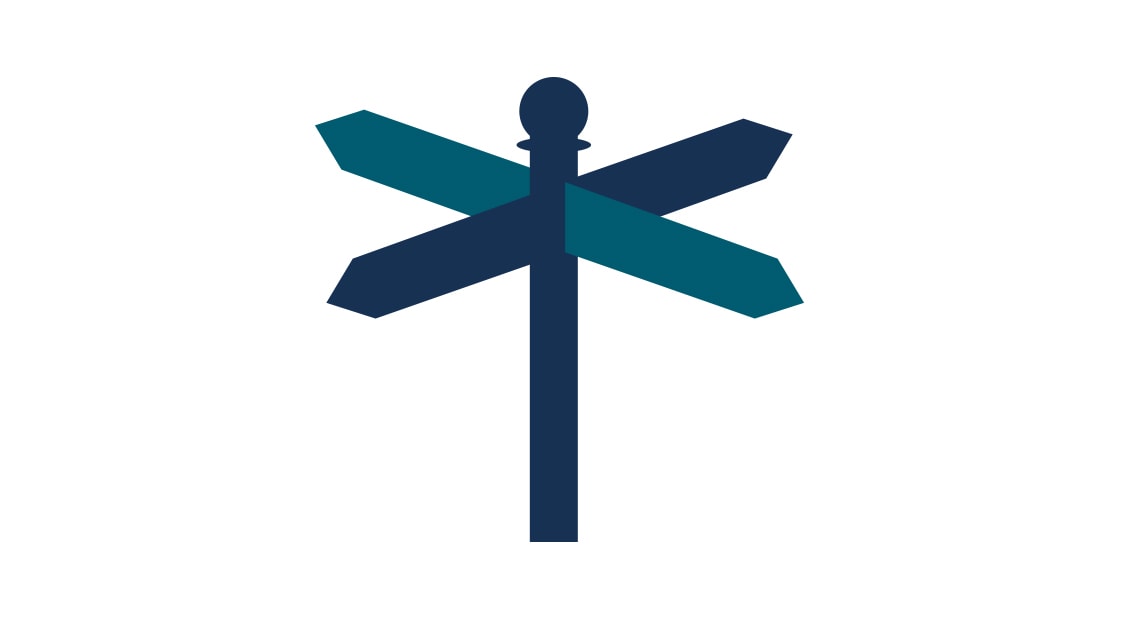You would be helping to manage the storage and use of information, using computerised records and databases.
You could progress to managing a team or a database. Databases are computer systems that store and order information.
You could work for a business, such as a bank or insurance company, or in a hospital, library or charity.

Example jobs

Data entry clerk
Inputs records onto a computer system.
Data entry supervisor or team leader
Supervises a team of data entry staff.
Database assistant
Helps the database manager to run a large information system.
Database administrator
Runs a small database.
Information officer
Classifies information, researching users’ enquiries and possibly supervising staff.
Things you need to know

Typical working conditions
- Whatever the business, you are likely to be office-based.
- You may travel to other parts of the organisation to deal with users or customers.

Qualifications needed
- You may need a Level 3 IT or administration qualification.
- Some jobs ask for specialist knowledge of the organisation, such as jobs in a university or medical centre.
- Employers may also expect some experience in an IT-related job (perhaps on a helpdesk or in a technical call centre).

Career path
You may be promoted to a more senior role, perhaps as a manager or team leader.
Alternatively, you could move to a bigger organisation to design and maintain larger and more complex information systems.
Useful links
Pearson is not responsible for content on external websites.
Association for Information and Image Management (AIIM)
What is information management?